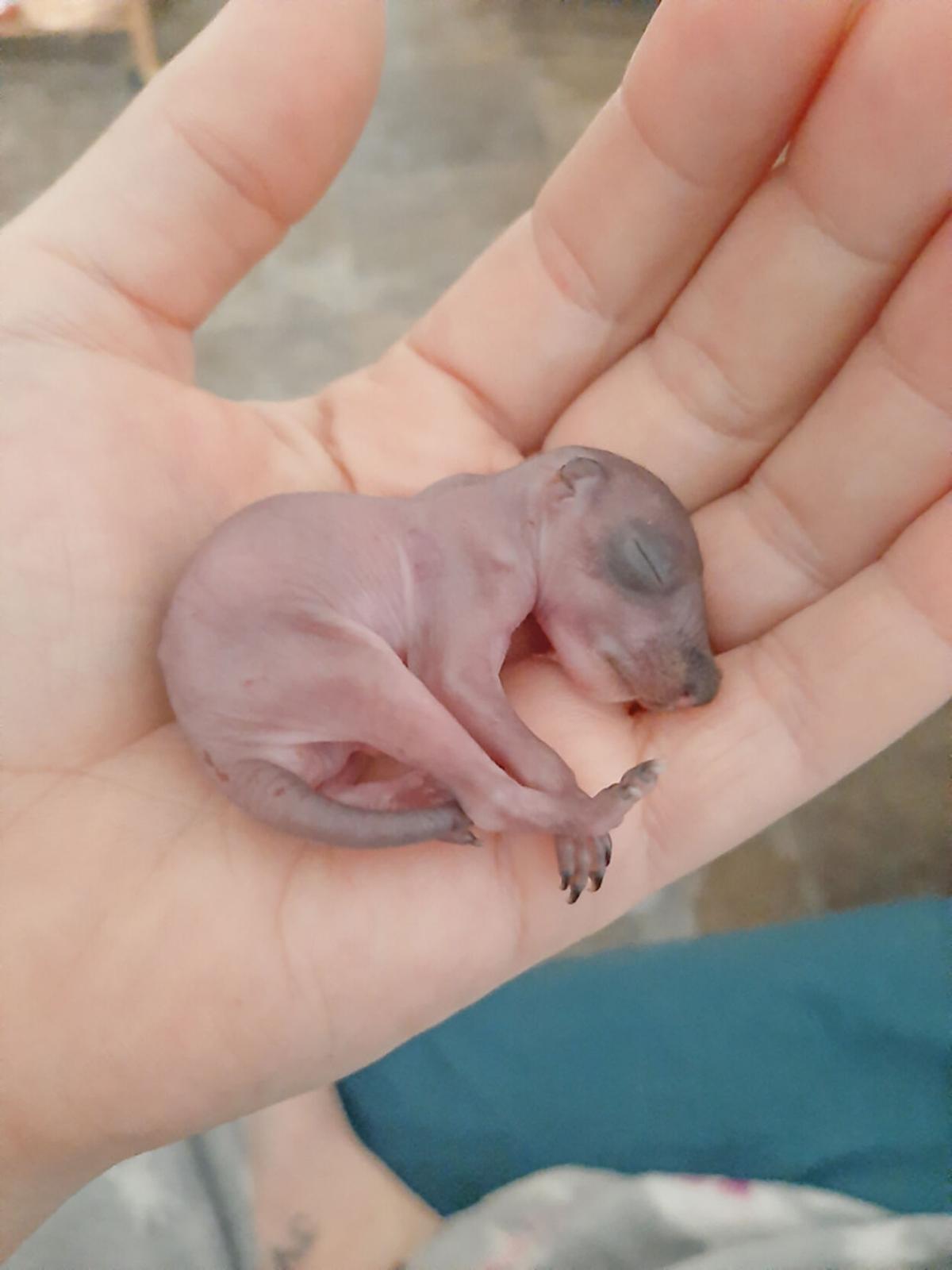
Caring for a Baby Squirrel: A Comprehensive Guide
Introduction
Baby squirrels, also known as kittens or pups, are adorable and helpless creatures that require specialized care to thrive. If you come across an orphaned or injured baby squirrel, it’s crucial to provide immediate assistance to ensure its survival. This comprehensive guide will provide you with all the necessary information and steps to properly care for a baby squirrel.
Assessing the Situation
Before handling a baby squirrel, it’s essential to assess the situation and determine if it requires assistance. Observe the squirrel from a distance to avoid startling it. If the squirrel is:
- Injured: Bleeding, broken bones, or visible wounds
- Orphaned: Abandoned by its mother, alone for several hours
- Cold: Shivering, lethargic, or unresponsive
- Weak: Unable to move or hold its head up
Handling the Baby Squirrel
If the baby squirrel requires assistance, approach it cautiously and gently. Wear gloves to protect yourself from potential bites or scratches. Use a soft cloth or towel to wrap the squirrel and provide warmth. Avoid holding the squirrel by its tail, as this can cause injury.
Creating a Safe and Warm Environment
Provide a warm and comfortable environment for the baby squirrel. Place it in a small box or basket lined with soft materials such as blankets or towels. Use a heating pad set to low or a warm water bottle wrapped in a towel to provide additional warmth. Ensure the temperature is around 90-95°F (32-35°C).
Feeding the Baby Squirrel
Baby squirrels require frequent feedings of a specialized formula. Esbilac, a commercially available puppy milk replacer, is the most commonly recommended formula. Mix the formula according to the manufacturer’s instructions and use a small syringe or dropper to feed the squirrel.
Feeding Schedule:
- Newborns (0-4 weeks): Feed every 2-3 hours, around the clock.
- 4-8 weeks: Feed every 4-6 hours.
- 8-12 weeks: Feed every 6-8 hours.
Feeding Technique:
- Hold the squirrel upright and gently insert the syringe or dropper into its mouth.
- Do not force the formula into the squirrel’s mouth.
- Feed the squirrel slowly and allow it to swallow before giving more.
- After feeding, gently rub the squirrel’s tummy to stimulate bowel movements.
Hydration
Baby squirrels also require hydration. If the squirrel is not drinking enough formula, you can provide additional fluids by offering Pedialyte or electrolyte solution using a syringe or dropper.
Stimulating Elimination
Baby squirrels cannot eliminate on their own. After each feeding, gently rub the squirrel’s genital area with a warm, damp cotton ball to stimulate urination and defecation.
Hygiene
Keep the baby squirrel and its environment clean to prevent infections. Change the bedding regularly and clean the feeding utensils thoroughly after each use. If the squirrel becomes soiled, gently wipe it down with a warm, damp cloth.
Socialization
Baby squirrels are social animals and require interaction for proper development. Spend time talking to the squirrel, handling it gently, and providing it with toys or objects to play with.
Weaning
Around 8-12 weeks of age, baby squirrels can begin to wean onto solid foods. Offer small pieces of fruits, vegetables, and nuts. Gradually reduce the frequency of formula feedings as the squirrel starts eating more solid foods.
Release
The ultimate goal of caring for a baby squirrel is to release it back into the wild. Once the squirrel is fully weaned, healthy, and has developed the necessary survival skills, it can be released. Consult with a wildlife rehabilitator or veterinarian for guidance on the best time and location for release.
Common Health Issues
Baby squirrels are susceptible to various health issues. If you notice any of the following symptoms, seek veterinary attention immediately:
- Diarrhea
- Vomiting
- Respiratory distress
- Lethargy
- Skin infections
- Eye infections
Prevention
To prevent health issues, maintain a clean environment, provide a balanced diet, and handle the squirrel with care. Regular veterinary checkups are also recommended to ensure the squirrel’s health and well-being.
Conclusion
Caring for a baby squirrel is a rewarding but challenging experience. By following the steps outlined in this guide, you can provide the necessary care and support to help the squirrel thrive and eventually return to its natural habitat. Remember to always consult with a wildlife rehabilitator or veterinarian for professional advice and assistance.
